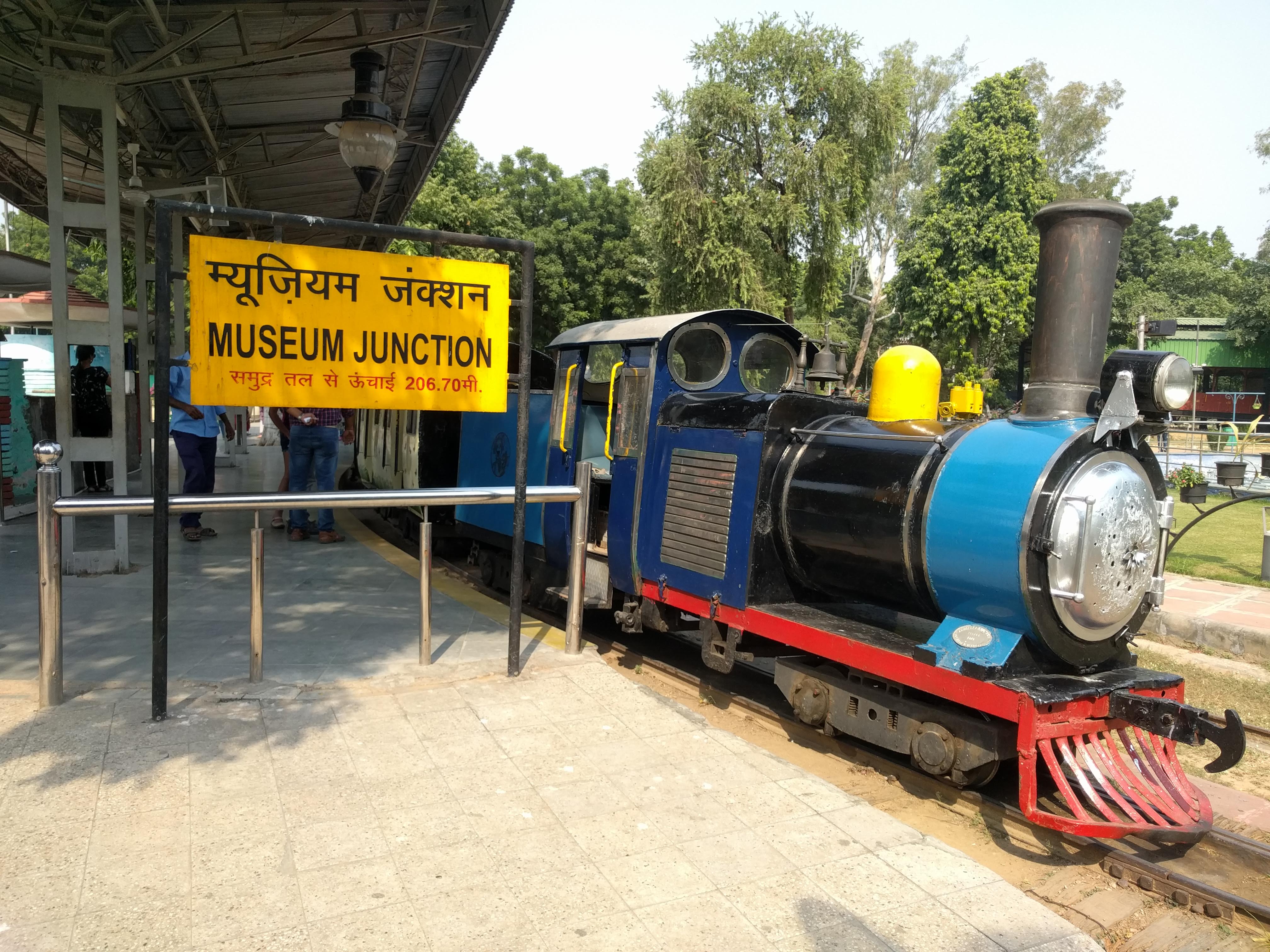Delhi is a city where ancient and modern blend seamlessly. It is a symbol of the country's rich past and thriving present. The city, which is home to millions of dreams, has tremendous duties for achieving those ambitions, bringing people closer together, and inspiring their thoughts. You must visit top tourist attractions in Delhi-NCR if you want to experience the nuanced blend of centuries-old Mughal legacy and urban growth on your next vacation.
Whether you're traveling single or with family and friends, the capital of India, along with the National Capital Region (NCR), has a lot to offer, from magnificent architecture and flea markets to tantalizing food and bustling nightlife. In addition, there are several chances for adventure seekers. Read on to learn more about the top tourist attractions of Delhi. The best tourist places in Delhi are so many that you can get confused. In this article, you are about to read regarding the famous places to visit in Delhi.
There are many things to see and do in Delhi and New Delhi, including its diverse arts and crafts industry, numerous spectacular monuments, and numerous performing arts venues. The region is also recognized for its delicious cuisine, which comprises dishes from all around India. With several bazaars and market places, notably Chandni Chowk, the country's most famous commercial center, Delhi is also a shopper's paradise.
Delhi has traditionally been a cultural and artistic hub. As a result, it's only natural for the city to have a great number of museums and galleries. It also has several excellent modest private collections. The museum's collection of art and antiquities is vast, and visitors will have no trouble losing track of time. The following is a list of museums and galleries in Delhi, India's national capital and a popular tourist attraction.
Top 12 places to visit in Delhi:
Akshardham Temple, Delhi: Akshardham Temple, dedicated to Bhagwan Swaminarayan, showcases India's rich culture. A step-well-shaped courtyard and 60 acres of verdant lawns with bronze statues of Indian heroes, including patriots and warriors, are maintained by the temple complex.
Red Fort, Delhi: The Mughals built Red Fort in 1639, and it takes its name from its huge red-colored sandstone walls. This fort is located in Old Delhi and covers a total area of 254 acres. Red fort's planning and design is a mix of Mughal, Persian, Hindu, and Timurid influences. The peacock throne, step well, imperial bath, Moti Masjid, and Hira Mahal are among the architectural attractions.
India Gate, Delhi: 70,000 Indian troops died fighting against a foreign force during World War I, and India Gate commemorates their sacrifice. It was designed by Edwin Lutyens and features the eternal Amar Jawan Jyoti or Flame of the Immortal Soldier, which was later added to honor Indian soldiers who died in the Indo-Pak War.
Hauz Khas, Delhi: If you like to party, Hauz Khas, which is known for its fancy clubs, eccentric cafes, and fine-dining restaurants, is the place to go. This upscale neighborhood in South Delhi, once known as Hauz-i-Alai, is rich in history, including relics of Mughal architecture. The Hauz Khas, a 13th-century edifice, is well-known for retaining its antique elegance amidst the modernized roadway.
Jantar Mantar: The observatory's main purpose was to measure and compile astronomical charts, as well as to estimate time by following the movements of the planets, moon, and sun. A magnificent example of ancient astronomy, Jantar Mantar continues to astonish even in this day and age.
Qutub Minar, Delhi: Qutub Minar, a 73-meter-tall minaret named after Qutb-ud-din Aibak, is the tallest minaret in the world. The tower has five distinct tapering stories, with the first three storeys made of red sandstone and the fourth and fifth storeys made of marble and sandstone, respectively, with ornamental Quranic texts etched on them.
Lodhi Gardens: The Lodhi Gardens are a large green park in the center of Delhi. Along with other constructions, it holds the mausoleums of two Delhi Sultanate emperors, Mohammed Shah and Sikander Lodhi. The garden and the structures inside it recall the national capital's illustrious tryst with history, boasting stunning architecture and flawless natural beauty.
Humayun’s Tomb, Delhi: The Humayun's Tomb, which was built in 1565 A.D. in memory of Humayun by his widow Bega Begam, was India's first example of Mughal architecture. The mausoleum, which was built nine years after his death, is inspired by Persian architecture, which can be seen in the corridors, arched alcoves, and double dome. Due to its garden squares with pathways and water
Lotus Temple, Delhi: Lotus Temple is a Bahá' House of Worship dedicated to human harmony, and is known for its unusual architectural design. The temple, which was inspired by the lotus flower, has 27 free-standing marble-clad petals and is flanked by lush gardens and a pond. With a height of over 34 meters, it can hold over 2500 people.
National Rail Museum, Delhi: The National Rail Museum in Delhi, India's first of its kind, has the country's greatest collection of life-size railway exhibits, including locomotives, carriages, and simulators, collected from various princely states. Train, and PSMT Ride.
Jama Masjid, Delhi: Jama Masjid is India's largest and most well-known mosque, located in the heart of Old Delhi. It was built between 1650 and 1656 during the reign of Mughal emperor Shah Jahan, and it took over 5000 workers to finish this ornate monument.
ISKCON Temple: The Sri Radha Parthasarathi Mandir, commonly known as the ISKCON Temple in Delhi, is a Vaishnava Hindu temple dedicated to the worship of Krishna and Radharani. It is one of the country's most expansive temple complexes.



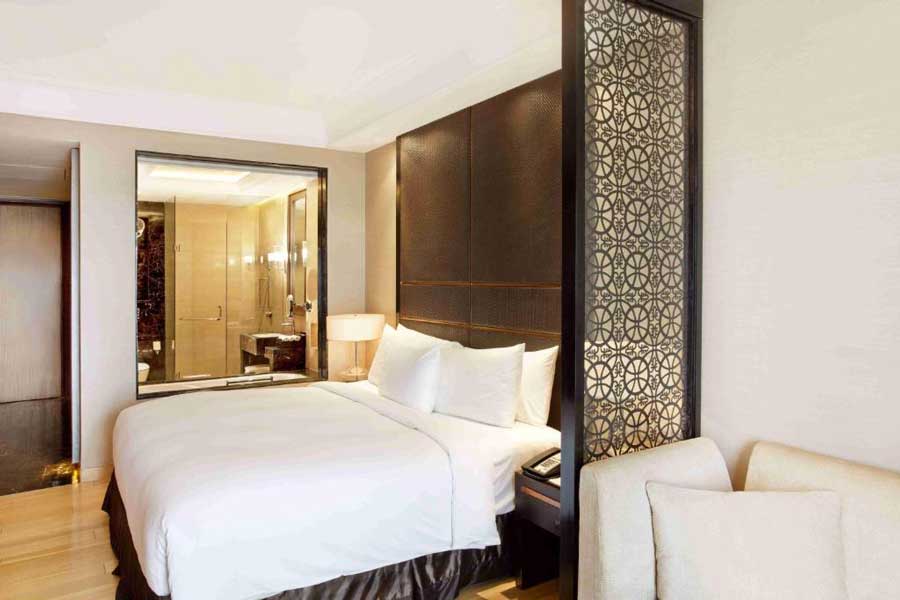








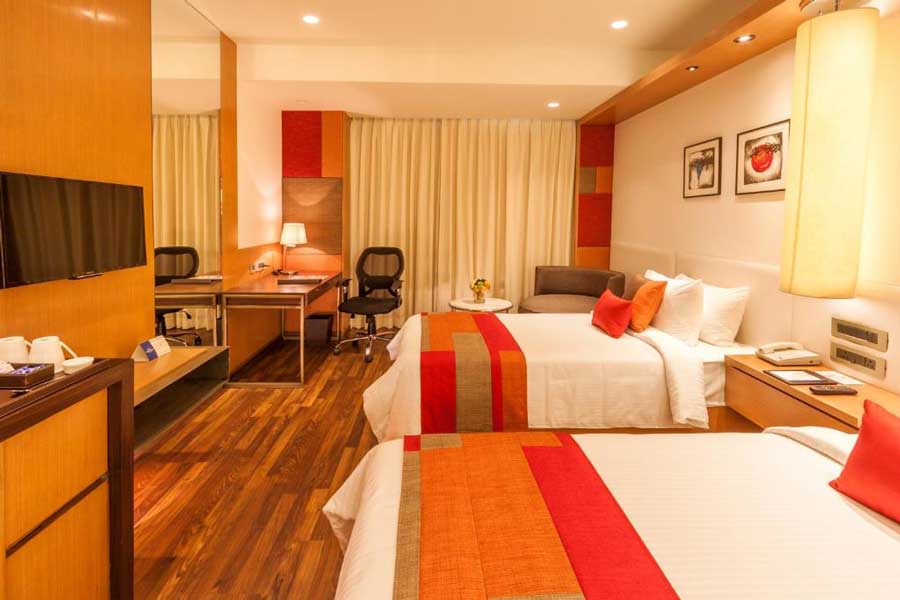
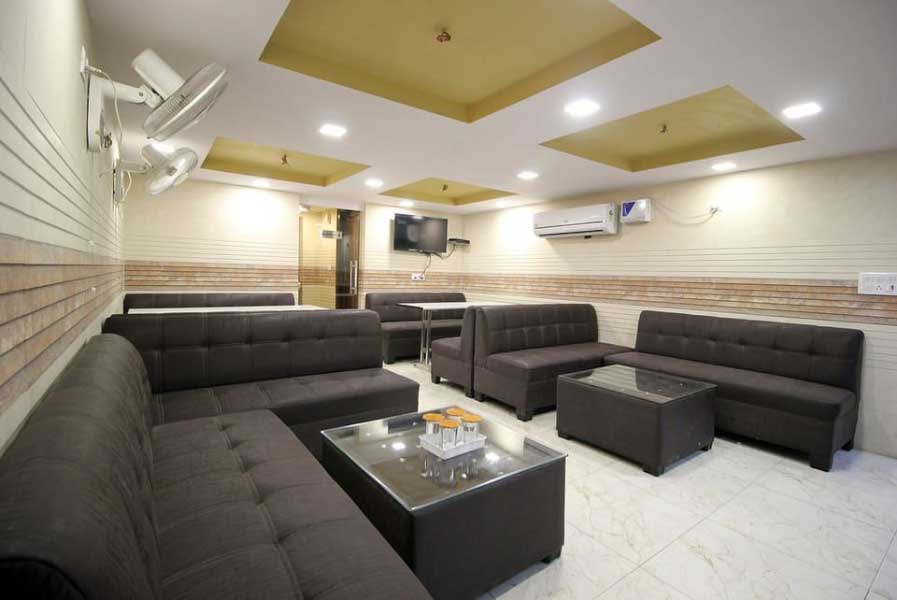


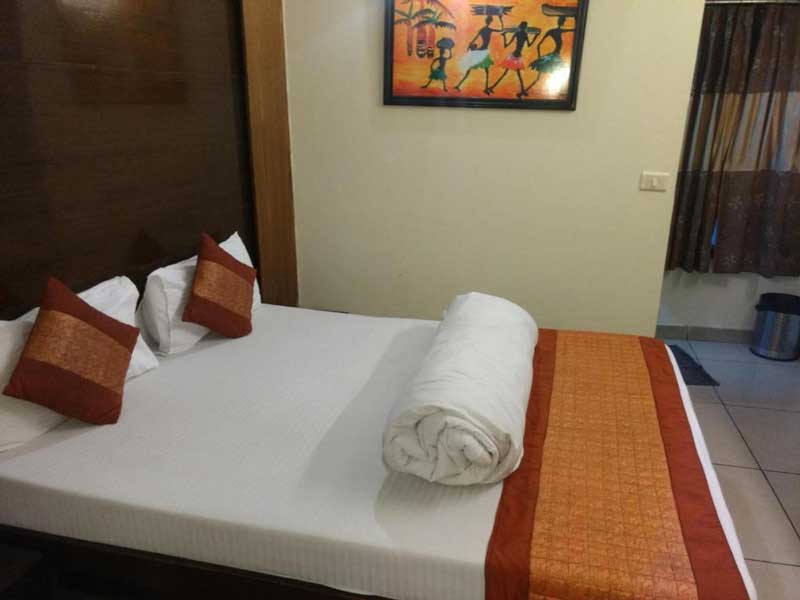






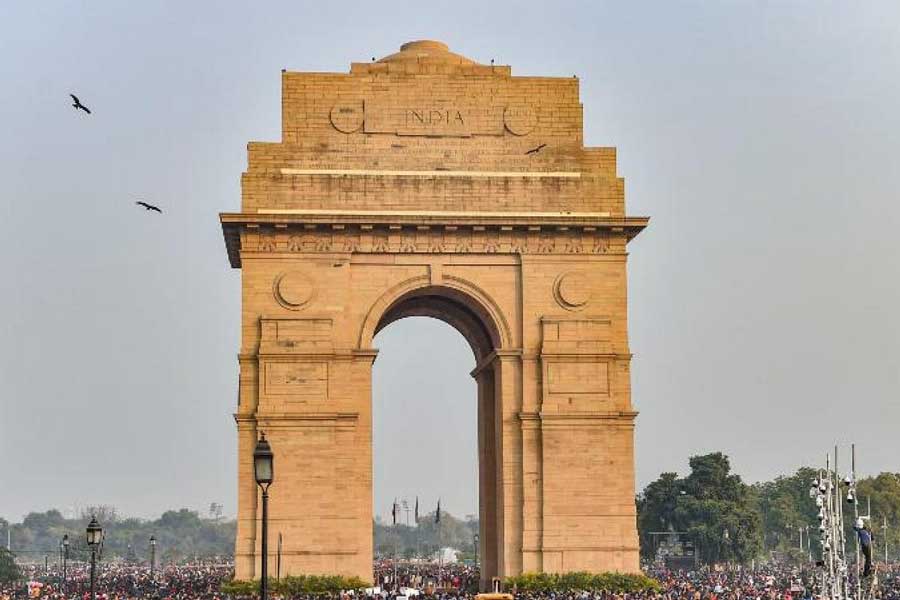




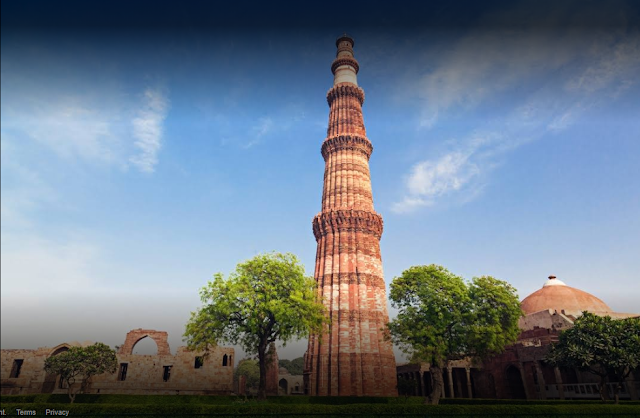






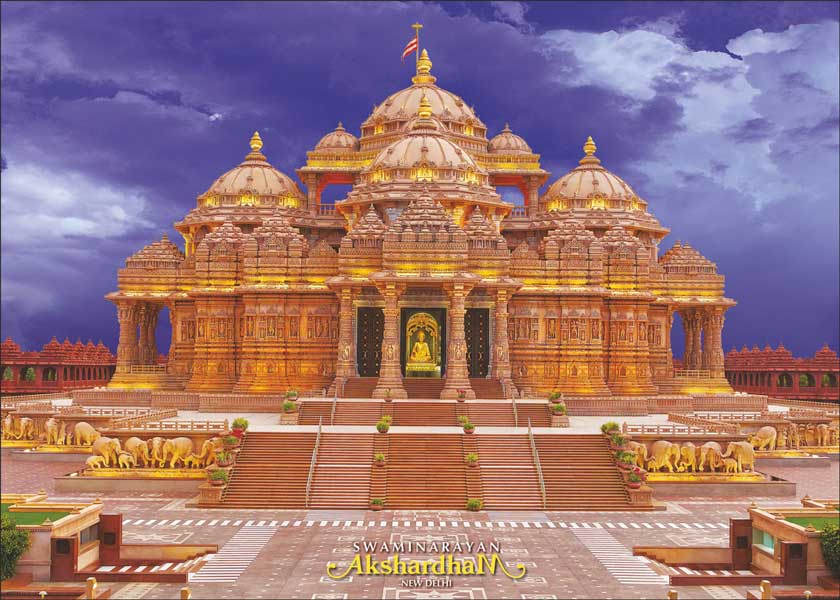









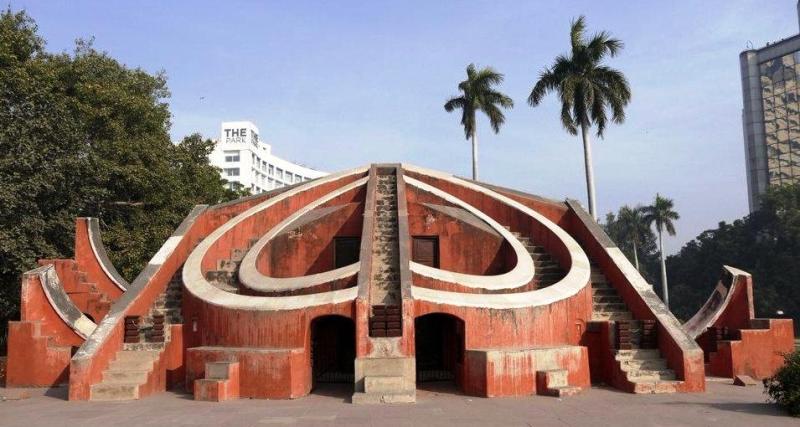
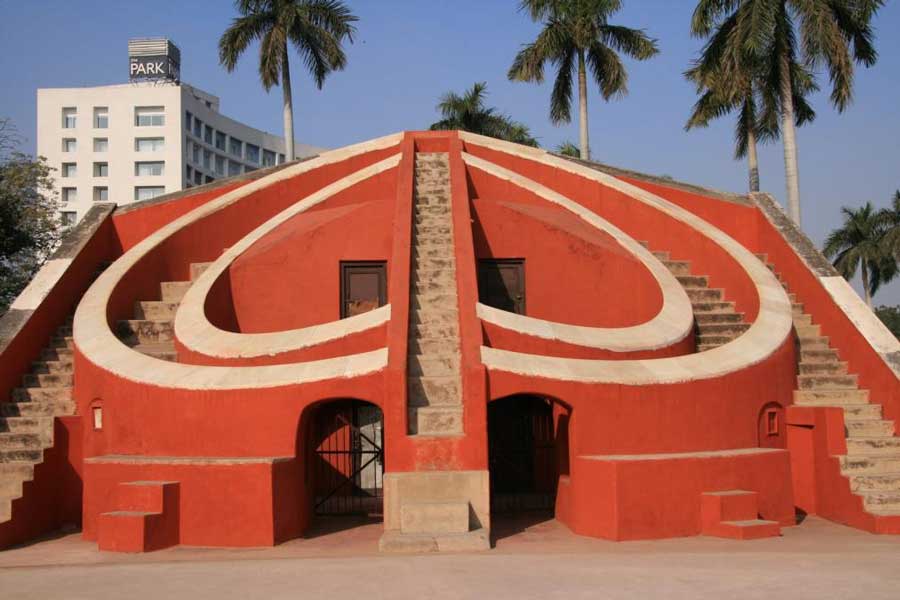





.jpg)


.jpg)
.jpg)







